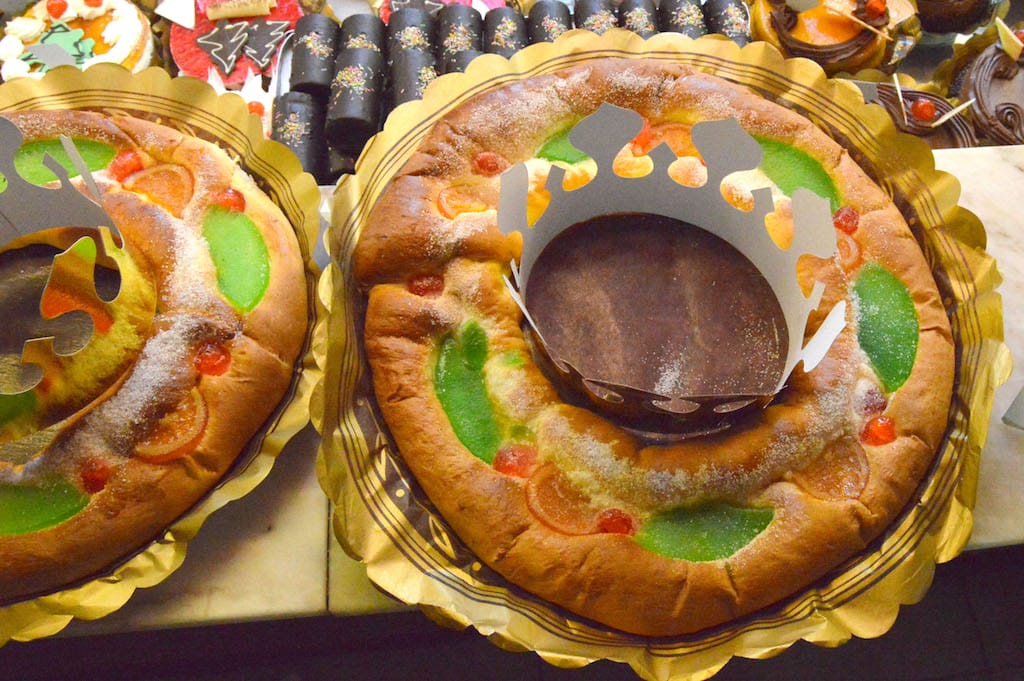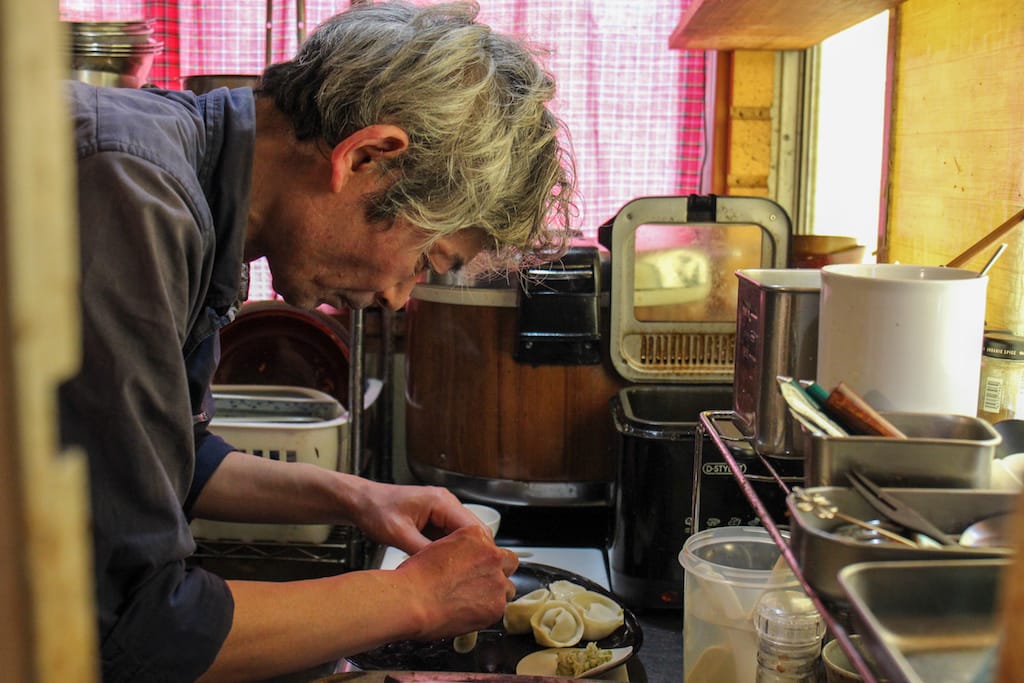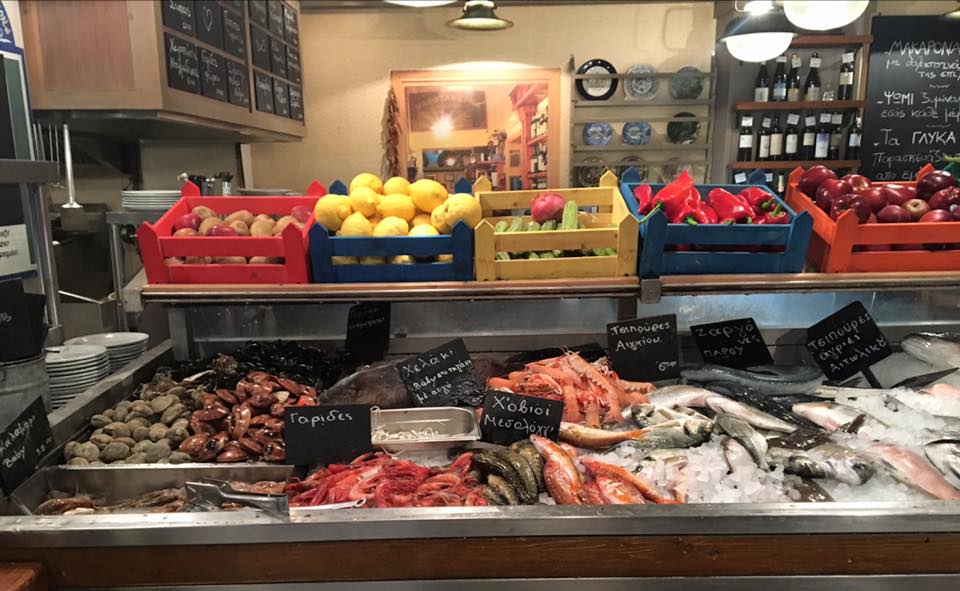Editor’s note: This is the second of our two-part series on kings’ cake. The first, on the version found in Mexico City, appeared yesterday.
Today is Día de Reyes (Kings’ Day), also known as Epiphany, and in Catalonia, as in many places with Catholic traditions, we celebrate the Magi’s visit to the baby Jesus with a tortell de reis (roscón de reyes in Spanish), or kings’ cake. Most people purchase the tortell at a bakery and eat it for dessert at the end of their family lunch on Dia de Reis, as it’s called in Catalan. The Gremi de Pastisseria de Barcelona, a Catalan association of professional bakers, estimates that the number of tortells sold in Catalonia in 2009 was 800,000, and that this year, the figure will reach 850,000.

The cake is made of brioche and shaped like a crown, filled with marzipan made from marcona almonds, wonderfully fragrant with orange-flower water and studded with jewel-like candied fruit – such as orange, cherries, melon or quince – as well as pine nuts and sugar. Hidden inside are a couple of surprises: whoever finds the dried fava bean pays for the cake (we tend to exempt recipients, especially children, from this obligation these days), and whoever finds the king figurine is declared king for the day and wears the gold paper crown that comes with the cake.
The tortell tradition is a very old one – even older than it might seem. In Spain and Catalonia, according to the 12th-century Costumari Català, by Joan Amades, and the 14th-century El Carnaval, by Pio Baroja, whoever found the bean in the roscón was declared “el Rey de la Fava,” the King of the Bean. This person – usually a child – could represent the family in the church that night. The tortell’s origins go back even further, however, to ancient Rome: for the Saturnalia, a celebration of the winter solstice dedicated to the god Saturn, cakes were made with dried figs, dates and honey and a dried bean hidden inside.
To find out how modern-day tortells are made in Barcelona, we visited the obrador, or workroom, of Pastisseria Mas in Guinardó. This bakery, opened in 1972, is run today by Oscar Hernandez and specializes in traditional Catalan sweets, such as tortells or panellets, but also makes treats with a more international flavor, like macarons and cupcakes. We like the 1970s feel of the place, the traditional style of the baked goods and the high quality of the ingredients in the tortells.
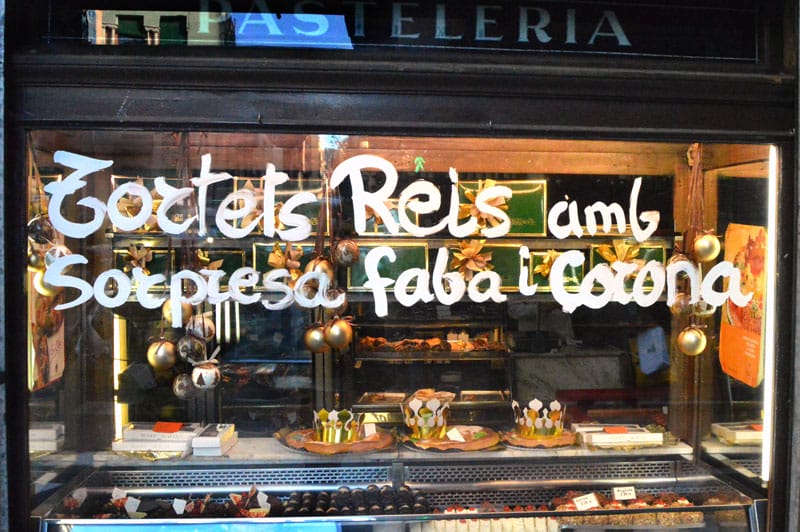
Pastisseria Montserrat, in Gràcia, established in 1870, is one of the oldest in Barcelona and has kept its beautiful original interior intact. This institution makes tortells in three different sizes, all carefully made from excellent ingredients. Its flavors are among the most traditional in the city.
This feature was originally published on January 6, 2014.
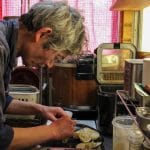 August 5, 2022 Chabuzen
August 5, 2022 Chabuzen
Daiji Takada, owner of Chabuzen, peeks out over the counter from the kitchen, which has […] Posted in Tokyo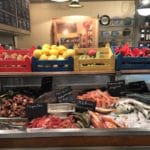 June 8, 2017 The Freshest Catch at an Athens Taverna
June 8, 2017 The Freshest Catch at an Athens Taverna
Kolias Taverna proudly displays its fresh fish and seafood offerings. Tavernas and […] Posted in Athens March 24, 2016 Bar Covense
March 24, 2016 Bar Covense
Like many other cities in Europe, Lisbon’s burger trend has been growing strong, with […] Posted in Lisbon
Published on January 06, 2015
Related stories
August 5, 2022
TokyoDaiji Takada, owner of Chabuzen, peeks out over the counter from the kitchen, which has about a meter-long strip of standing space for one at most. The interior of this narrow restaurant, tucked away in the very fringes of the hip neighborhood of Shimokitazawa in western Tokyo, isn’t much more spacious. Two low tables on…
June 8, 2017
AthensKolias Taverna proudly displays its fresh fish and seafood offerings. Tavernas and top-notch seafood are inescapable on our Athens walks!
March 24, 2016
LisbonLike many other cities in Europe, Lisbon’s burger trend has been growing strong, with gourmet versions and strange national adaptations overtaking the capital. But the bifana, Portugal’s quintessential hot sandwich, will always trump any trend for locals who want quick nourishment. Composed of a thin pork filet cooked in a sauce made from white wine,…







































